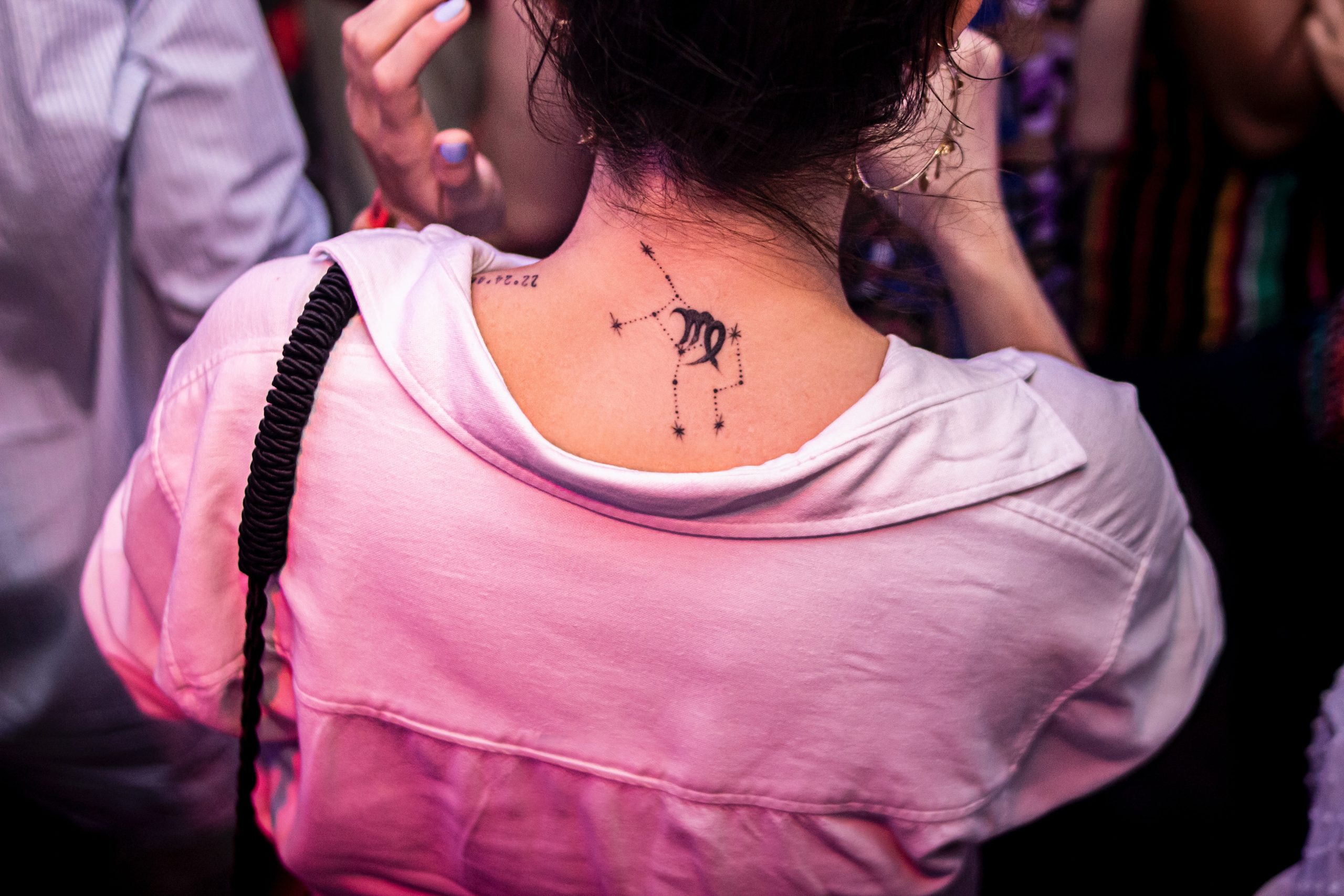The Meaning of Reiki in English: A Comprehensive Guide
Reiki, a Japanese healing practice, has gained popularity worldwide for its ability to promote relaxation and improve overall well-being. But what does Reiki mean in English? In this comprehensive guide, we will explore the origins of Reiki, its meaning, and how it is practiced.
The Origins of Reiki
Reiki, pronounced as “ray-key,” is a combination of two Japanese words: “Rei” and “Ki.” Let’s break down the meaning of each word:
- Rei: The Japanese term “Rei” refers to a spiritual wisdom or higher power. It represents the universal, boundless aspect of energy. It can also be interpreted as “universal consciousness” or “spiritual presence.”
- Ki: “Ki” means life force energy. It is the same as the Chinese concept of “Chi” or the Indian concept of “Prana.” In English, it can be understood as the vital energy that flows within all living beings.
When combined, Reiki represents the universal life force energy guided by spiritual wisdom. Practitioners believe that this energy can be channeled and used for healing and balancing the mind, body, and spirit. Reiki is not tied to any specific religion or belief system and can be practiced by anyone.
The Practice of Reiki
Reiki is often practiced through hands-on or distant healing techniques. During a session, the practitioner acts as a conduit for universal energy, allowing it to flow through them and into the recipient. The energy is believed to go where it is needed the most, promoting healing on different levels.
While there are variations in how Reiki is practiced and taught, there is a general structure that is followed during a session. Here are the key steps involved:
- Preparation: Both the practitioner and recipient prepare themselves for the session by adopting a relaxed and receptive state of mind.
- Invocation: The practitioner may begin the session by silently or audibly invoking the Reiki energy and requesting its presence and assistance in the healing process.
- Positioning: The practitioner places their hands gently on or slightly above specific areas of the recipient’s body, following a predefined pattern or intuitively guided by their intuition.
- Healing Process: The Reiki energy flows through the practitioner’s hands into the recipient’s body, promoting deep relaxation, stress reduction, and energetic balance.
- Completion: Once the session is complete, the practitioner may offer some grounding techniques and close the energy connection.
Each session is unique, and the experiences can vary for both the practitioner and recipient. Some may feel warmth, tingling sensations, or a deep sense of relaxation during a Reiki session.
The Benefits of Reiki
Reiki is believed to provide a wide range of benefits, including:
| Physical | Emotional | Mental | Spiritual |
|---|---|---|---|
| Relief from pain and discomfort | Stress reduction | Improved focus and clarity | Enhanced spiritual connection |
| Accelerated healing and recovery | Emotional balance | Reduced anxiety and depression | Increased intuition and insight |
| Boosted immune system | Release of emotional blockages | Better sleep quality | Overall sense of well-being |
It’s essential to note that while Reiki is considered a complementary therapy, it is not a substitute for professional medical care. It can be used alongside traditional medical treatments to support the healing process and overall well-being.
Learning and Practicing Reiki
Reiki can be learned and practiced by anyone interested in tapping into the healing energy. There are multiple levels or degrees of Reiki, typically divided into three categories:
- First Degree (Reiki I): This level focuses on self-healing and learning the basic hand positions for treating others. Students are attuned to the Reiki energy and learn how to practice Reiki on themselves and others.
- Second Degree (Reiki II): At this level, students deepen their understanding and connection to Reiki. They learn symbols and distant healing techniques to send Reiki energy across time and space.
- Master/Teacher Degree (Reiki III): This level is for individuals interested in becoming Reiki Masters and teaching others. They gain further knowledge and receive additional attunements.
Reiki courses and training programs are offered by Reiki Masters or teachers who have already attained a specific level of mastery themselves. Learning Reiki typically involves both theoretical knowledge and hands-on practice under the guidance of an experienced instructor.
The Global Impact of Reiki
Over the years, Reiki has gained worldwide recognition and acceptance as a complementary therapy. It is practiced in various settings, including hospitals, wellness centers, spas, and private practices.
The positive effects of Reiki have been documented in numerous studies, showing its potential to reduce anxiety, pain, and depression, improve quality of life, and enhance overall well-being. The growing body of research supports the use of Reiki as a beneficial adjunct therapy in conjunction with traditional medical practices.
The healing energy of Reiki transcends cultural and language barriers, making it accessible to people from all walks of life.
In Conclusion
Reiki, a Japanese healing practice, combines the two words “Rei” and “Ki” to represent the universal life force energy guided by spiritual wisdom. It has gained worldwide popularity for its ability to promote relaxation, reduce stress, and enhance well-being on various levels.
Through hands-on or distant healing techniques, Reiki practitioners channel the universal energy to promote healing and energetic balance in the mind, body, and spirit. Reiki is not only a complementary therapy but also a personal growth and spiritual development tool.
As you embark on your journey into the world of Reiki, remember to approach it with an open mind and heart. Experience the profound healing potential of this ancient practice and embrace the universal life force energy that flows within us all.
Table of Contents
